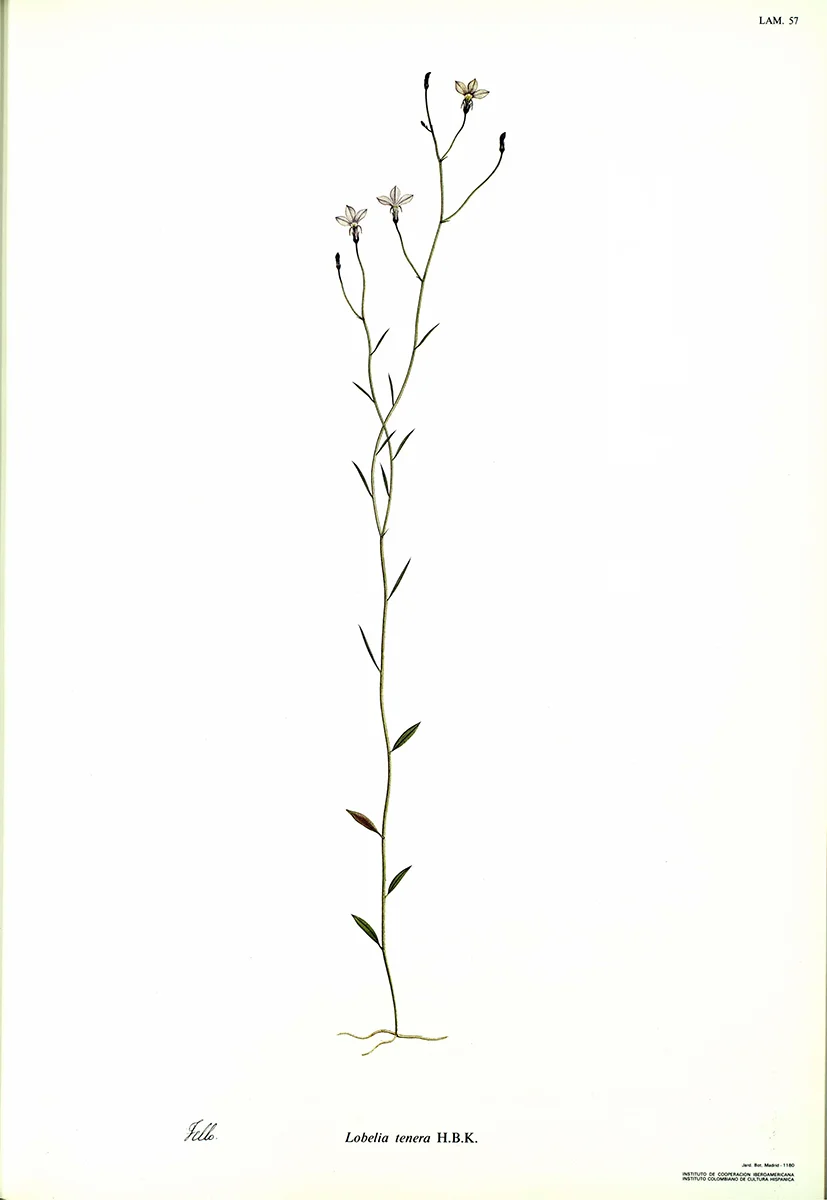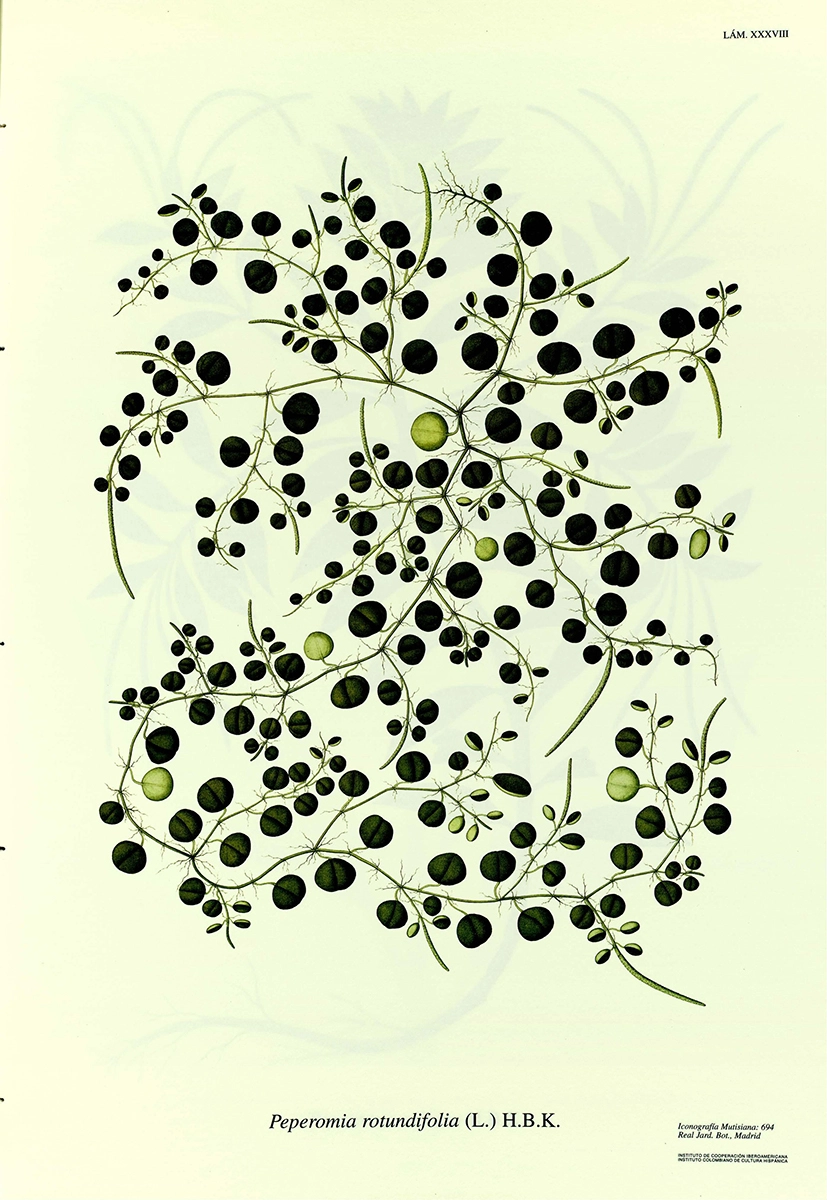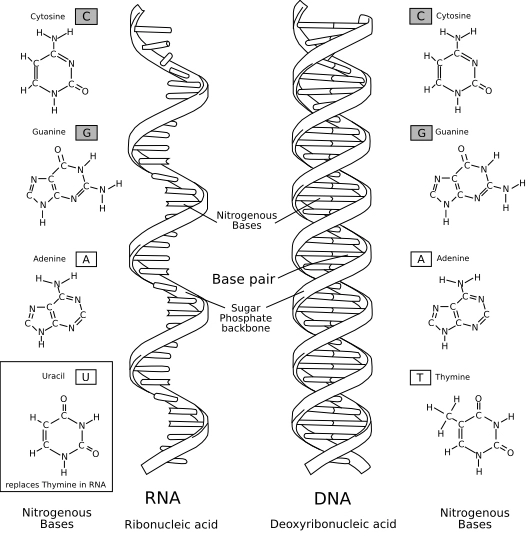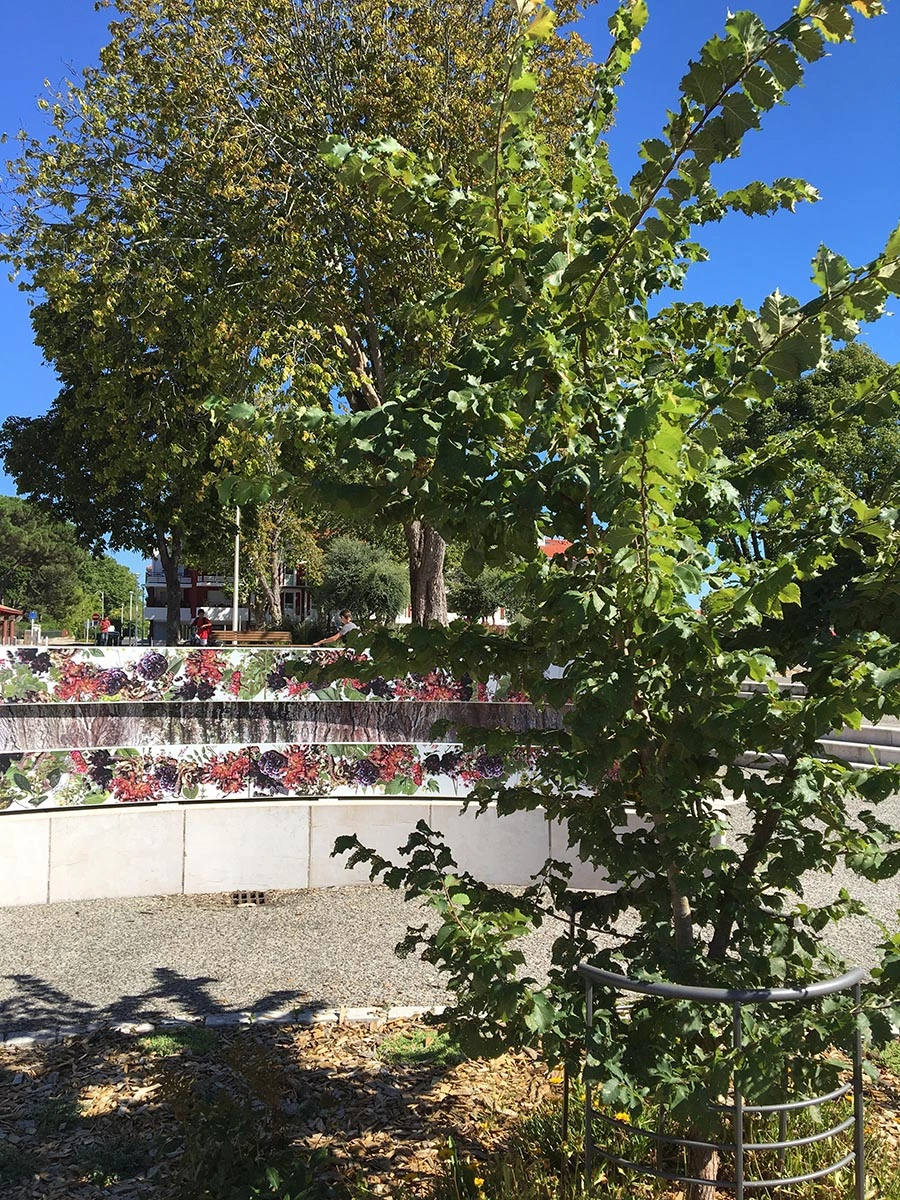Bio-Art

The Bio-Art section explores the intricate relationship between art and living organisms, focusing on the representation and visualization of plants. Through historical analysis, contemporary research, and interdisciplinary collaborations, this project aims to bridge the gap between art and science, highlighting the role of botanical illustrations in disseminating scientific knowledge.
Current Projects Echoes of Botanical Art: Past Meets Future
The "Echoes of Botanical Art: Past Meets Future" project, proposed for the Horizon Europe MSCA 2024 Postdoctoral Fellowship and hosted by Coventry University, investigates the crucial role of botanical illustrations in the production and dissemination of scientific knowledge. By revisiting the historical framework of J.C. Mutis's Botanical Expedition in the 18th century, this project aims to integrate modern technologies such as DNA analysis, 3D modeling, AI, and AL to create dynamic and interactive botanical illustrations. The aim is to understand the intersection between art and science and propose new interdisciplinary perspectives.
- Analyzing historical botanical drawings.
- Assessing contributions to botanical knowledge.
- Developing methodologies integrating traditional and modern techniques.
- Organizing exhibitions to present findings.
Collaborations and Partners: Coventry University, Botanical Gardens, Museums, Universities. The project is supervised by Pr. Juliet Simpson with the collaboration of Dr. Ben Dew.
Publications Book: Bio-Art

Co-edited by Julio Velasco and Klaus Weber, this publication delves into the historical and contemporary dimensions of Bio-Art, examining how living organisms are used in artistic creations. It compares modern Bio-Art practices with historical and non-European art forms that incorporate living beings, providing a comprehensive overview of this innovative field. This book is available in open source.
Table of Contents:
- Introduction by Julio Velasco and Klaus Weber
- Part One: Humans – Cosmos/Culture – Nature
- Part Two: Animals and Human Animals
- Part Three: Arts – Science – Technology
Publication Date: September 2024
For more information, visit the View the publication.
Article José Celestino Mutis (1732-1808) : les Lumières de la périphérie

Published in French by CTHS, this article explores the intersection of popular and academic knowledge during the Botanical Expedition in the Kingdom of New Granada. It highlights the contributions of local knowledge holders in the scientific process and situates this historical event in the broader scientific context of its time.
Publication Date: August 2024
Article La memoria de las plantas
This article, titled "La memoria de las plantas," published in 2022, examines the Spanish crown's botanical wealth and the challenges of preserving this heritage. It uses the Botanical Expedition led by José Celestino Mutis as a case study to explore the integration of popular and scientific knowledge in botanical research.
Article Art and Ecology: A Necessary Questioning
This article, presented at the "Balance-Unbalance" conference in Rotterdam in 2018, addresses the essential relationship between art and ecology. It questions how artistic practices can challenge and contribute to ecological awareness and actions.
Article Art, Society, and Biodiversity
This article, published online in 2014, explores the intersection of art, society, and biodiversity, discussing the role of artistic practices in addressing ecological and social issues. It delves into the ways art can contribute to a broader understanding and engagement with biodiversity conservation.
Workshop Bio Art before Bio Art

Held in February 2021, this workshop, co-organized by Julio Velasco, University of Paris 1, Panthéon Sorbonne, European University Viadrina, and Centre Marc Bloch, explored the historical and contemporary use of living organisms in art. The workshop included various sessions focusing on topics such as animal representations, botanical art, and the human body as an artistic medium.
Highlights from the Workshop:
- Animals and Ambiguity: Discussing monkey theatre as symbolic performance in pre-Revolutionary Paris by Alan Ross.
- Transformations of Non-Human Actors: From beast to machine in cultural performances by David Krych.
- The Vegetal World as Art: Exploring gardens and their cultural significance by Gabriela-Mariana Luca and Daniela Șilindean.
- The Human Body as Expression: Artificial cranial deformation in the Andes by Jérôme Thomas and building images on the living body in the Pacific by Sébastien Galliot.
- Living in Contemporary Art: Artistic assemblages of wildflowers and non-representationalism in bio art by Regine Rapp and Emeline Gougeon.
The workshop concluded with a discussion on the crisis of sensitivity in bio-art projects.
Exhibition Echoes of Botanical Art

As part of the "Echoes of Botanical Art" project, a central exhibition, curated by Julio Velasco, will be organized to showcase the project's findings. This exhibition will combine live plants, historical illustrations, and modern technologies to raise public awareness about the importance of botanical illustrations in scientific knowledge dissemination. The exhibition will include comparative analyses of plant species using DNA, AI, 3D, and AL technologies.
- Presenting findings to the general public.
- Engaging the scientific community through interactive displays.
- Establishing partnerships with cultural and educational institutions.
Communication Strategy: Utilizing social networks, blogs, newsletters, and press releases to reach diverse audiences.
Artistic Contributions Orme

This living sculpture was created in the town of Biscarrosse in 2013. The work centers on a multicentennial elm tree, which was a focal point of the town's life before succumbing to Dutch elm disease, like most elms in Europe. The artwork reconstitutes the living tree, reflecting its historical and ecological significance. While officially credited to another artist, Julio Velasco played a crucial role in the conceptualization and development of this work. This contribution reflects Velasco's ongoing commitment to blending artistic practice with ecological and social themes.